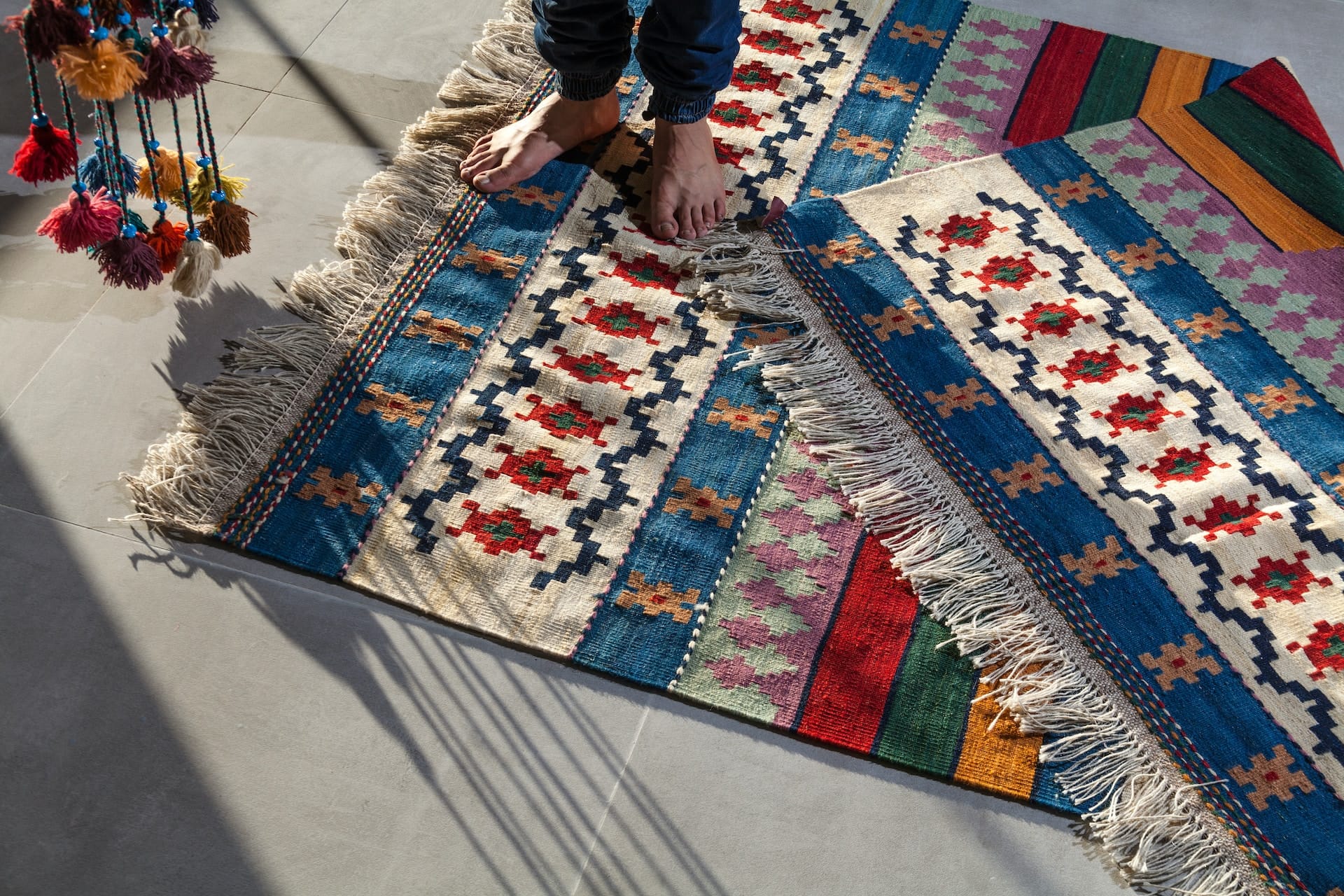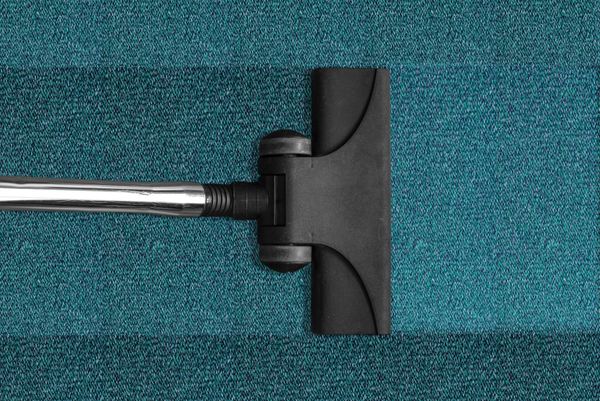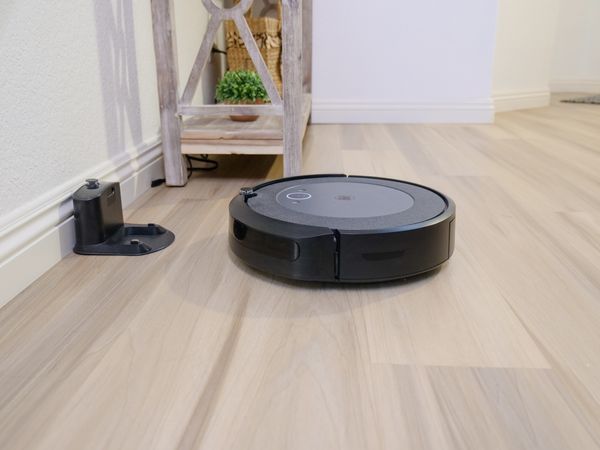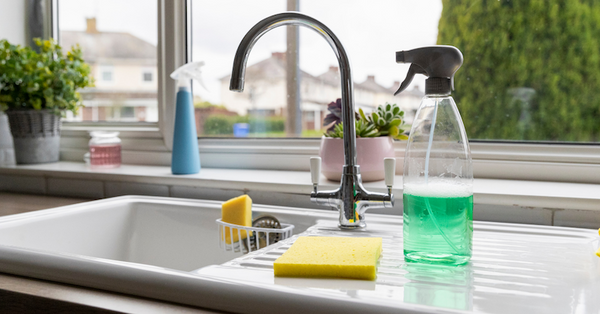Area rugs add warmth and style to any room, but they also accumulate dirt and stains over time. Cleaning them can seem daunting, but with the right techniques, it's a task you can easily manage at home. This guide will walk you through the steps of cleaning area rugs yourself, ensuring they remain vibrant and fresh.
Understanding Your Rug's Material
Before diving into cleaning, it's crucial to identify your rug's material. Common types include wool, cotton, synthetic fibers, and silk. Each material requires specific care to avoid damage.
Wool Rugs
Wool rugs are renowned for their durability and natural resistance to stains and dirt, making them a popular choice in many households. When cleaning a wool rug, it's important to use lukewarm water and a mild detergent, as hot water and harsh chemicals can cause shrinkage and fading. Wool rugs benefit from gentle vacuuming and should be kept out of direct sunlight to prevent color fading.
When dealing with spills, blotting rather than rubbing is key to preventing the stain from setting in. For deep cleaning, it's advisable to use a professional cleaning service, especially for high-quality wool rugs, to ensure they maintain their texture and color vibrancy.
Cotton Rugs
Cotton rugs are appreciated for their softness and ease of cleaning. They are often machine washable, making them a convenient choice for high-traffic areas. However, it's important to use a gentle cycle and avoid bleach to preserve the colors and fibers of the rug. Cotton rugs can shrink when exposed to high heat, so air drying is preferable.
For spot cleaning, a solution of mild detergent and water works well. Regular shaking or vacuuming is also recommended to remove dust and maintain the rug's appearance. Cotton rugs, with their variety of patterns and colors, can remain a fresh and vibrant addition to any room with proper care.
Synthetic Fibers
Rugs made from synthetic fibers, such as nylon, polyester, or polypropylene, are known for their resilience and ease of maintenance. These materials are stain-resistant and can handle a variety of cleaning products. When cleaning synthetic fiber rugs, you can use a mild carpet shampoo or a mixture of water and mild detergent.
They are generally suitable for more thorough washing, even with a garden hose for larger rugs, and they dry relatively quickly. Synthetic rugs are ideal for areas with high foot traffic or potential for spills, as they maintain their color and texture well over time, even with regular cleaning.
Silk Rugs
Silk rugs are delicate and luxurious, requiring more careful handling than other types. The key to cleaning silk rugs is to avoid water as much as possible, as it can damage the fibers and cause color bleeding. Dry cleaning is often the safest and most effective method for these types of rugs.
For light cleaning, gentle vacuuming with a brushless suction is recommended to avoid pulling the fibers. If a spill occurs, blotting with a dry cloth and avoiding rubbing is crucial. Given their delicacy and value, silk rugs often benefit from professional cleaning services to ensure they are handled with the necessary care and expertise.
Regular Maintenance
Regular maintenance is key to keeping your rug in top condition. Vacuuming at least once a week removes dirt and dust. Be gentle with fringe and avoid vacuuming over it to prevent damage.
Spot Cleaning Stains
Act fast on spills to prevent staining. Blot, don't rub, using a clean, dry cloth. For tougher stains, use a mild detergent or a homemade solution of water, vinegar, and mild dish soap. Always test the solution on a small, inconspicuous area first.
Deep Cleaning Your Rug
Occasionally, area rugs need a deeper clean. Here's how to do it:
1. Shake and Beat the Rug
Take your rug outside, shake it vigorously, and beat it to remove loose dirt.
2. Prepare a Cleaning Solution
Mix a gentle rug cleaner with water. Use solutions recommended for your rug type.
3. Gently Scrub
Using a soft-bristle brush, gently scrub the rug with the cleaning solution.
4. Rinse Thoroughly
Rinse the rug with a hose or buckets of water, ensuring all soap is removed.
5. Dry Completely
Lay the rug flat to dry, flipping it over to ensure both sides dry thoroughly. Avoid direct sunlight to prevent fading.
Dealing with Odors
Baking soda is a natural deodorizer. Sprinkle it over your rug, let it sit for an hour, then vacuum it up. For persistent odors, a vinegar and water solution can help.
Professional Cleaning
While DIY methods are effective, occasionally hiring a professional ensures your rug is thoroughly cleaned without damage. This is especially important for antique or delicate rugs.
Personal Touch
Adding a personal touch to your rug cleaning routine can make the process more enjoyable. Perhaps you have a family tradition of taking rugs outside for a spring cleaning, or you enjoy listening to your favorite music while you work. These small practices can turn a chore into a pleasant activity.
Frequently Asked Questions (FAQs)
Q: How often should I clean my area rug?
A: Regular vacuuming should be done weekly, and spot cleaning as needed. A thorough deep clean is recommended every 12-18 months, depending on the rug's usage and exposure to dirt.
Q: Can I use a carpet cleaner on my area rug?
A: It depends on the rug's material. Always test a small, hidden area first or consult the manufacturer's guidelines.
Q: How do I prevent my rug from fading?
A: Avoid prolonged exposure to direct sunlight, and during deep cleaning, dry the rug away from direct sunlight.
Q: Is it safe to use bleach on my area rug?
A: Bleach can damage most rug materials and fade colors. It's generally not recommended unless you have a bleach-safe rug.
Conclusion
Whether you own natural fiber rugs, such as jute or sisal, or prefer the durability of synthetic rugs, understanding how to clean an area rug is essential. For wool and cotton rugs, a gentle carpet shampoo can work wonders, while a simple solution of warm water and mild detergent is often enough for a shag rug or an oriental rug. It's crucial to avoid excess water, especially with a wool rug, as this can lead to damage. If you're tackling larger rugs, using a garden hose outdoors can be effective, ensuring you thoroughly remove any soap and excess water.
Remember, regular maintenance, like removing pet hair and promptly treating spills, goes a long way in preserving the beauty and longevity of your rugs, from the most modern designs to delicate antique rugs. Finally, the process to clean an area rug can vary based on its type and material. A jute or sisal rug, for instance, requires a different approach than a synthetic rug.
When cleaning, always consider the specific needs of your rug, whether it’s a plush shag rug or an intricately designed oriental rug. The use of warm water for cleaning is generally safe for most types, but always check the manufacturer’s instructions, particularly for antique rugs. Regular care and the right cleaning methods will not only maintain the aesthetic appeal of your rugs but also ensure their durability and continued enjoyment in your home.




